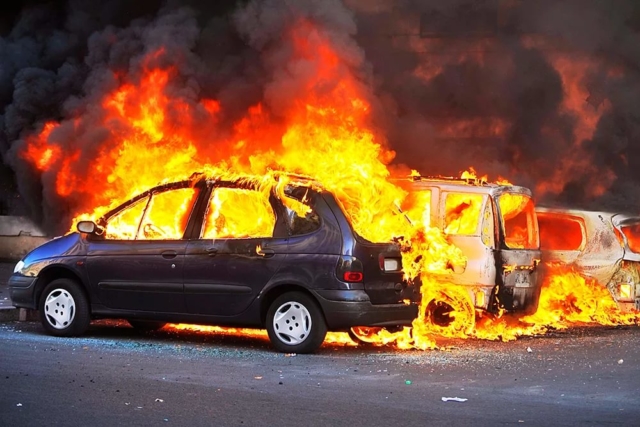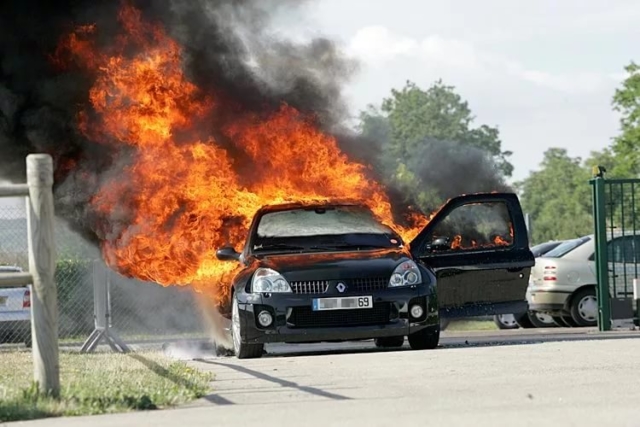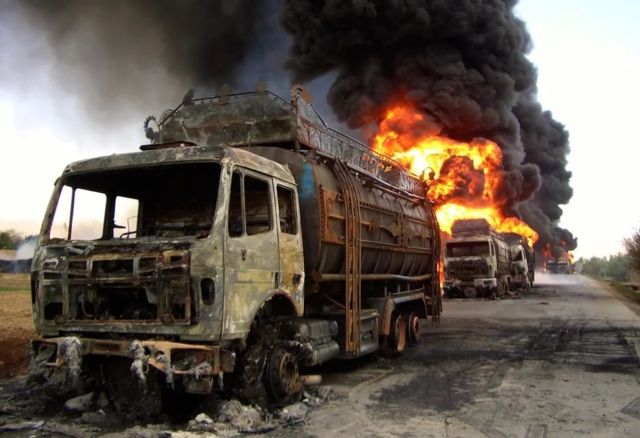In recent years fire events in the transportation area have been grown into a problem. For example, fire events in Moscow Region only are estimated up to 10% of all recorded fire events in Russia. More than 80% of these fire events have occurred in light vehicles, trucks, buses, trolleybuses, trams.
As a result of transport fires about 200 persons die and about 680 persons get injuries annually. Annual material damages are estimated about 165 million rubles. Greater concern is caused by increase of these rates. Annually the quantity of fire events on the average is increased at 9%, casualty — at 11%, injured persons — at 8.2%, and year-on-year growth of material damage is estimated at 18%.
Meantime the technical level of vehicle fire protective equipment has not been changed substantially for the past decades and it has been based on the use of hand portable fire extinguishers only.
Experienceof use of portable fire extinguishers in fire suppression of vehicles has shown its insufficient effectiveness due to some features such as:
- late detection of fire;
- need for opening hood for supply of fire extinguishing agent, and that in its turn leads to substantial intake of fresh air into burning area causing sharp rise of burning intensity;
- high malfunction probability;
- lack of skillsof drivers for operation with fire extinguishers;
All that dictate the necessity to create effective and easy-to-use automatic or autonomous fire-extinguishing means and systems for vehicles as well as to develop modern norms regulating problems of vehicle fire protection.





